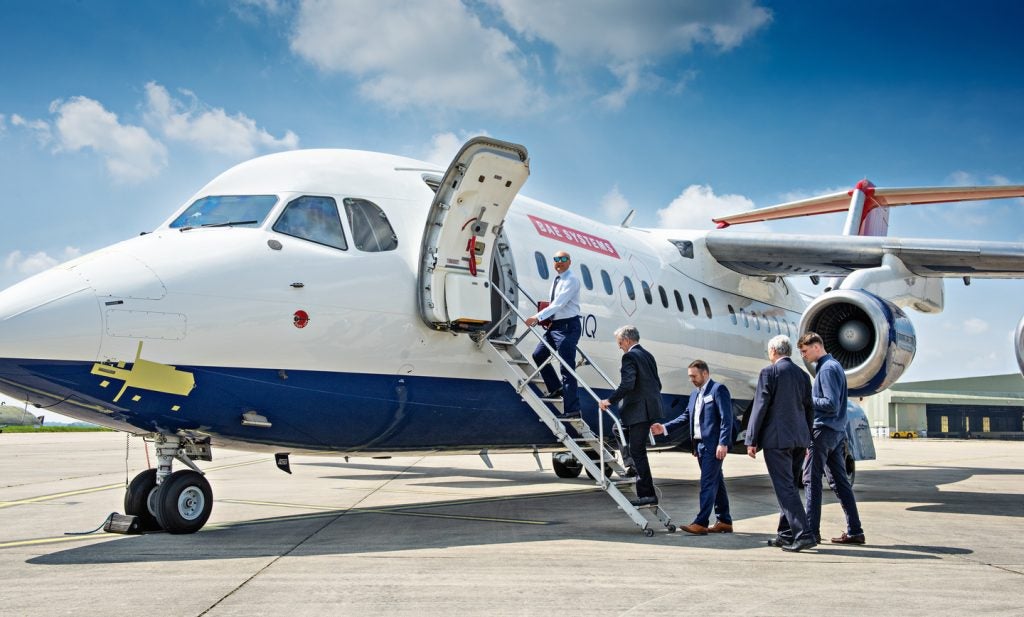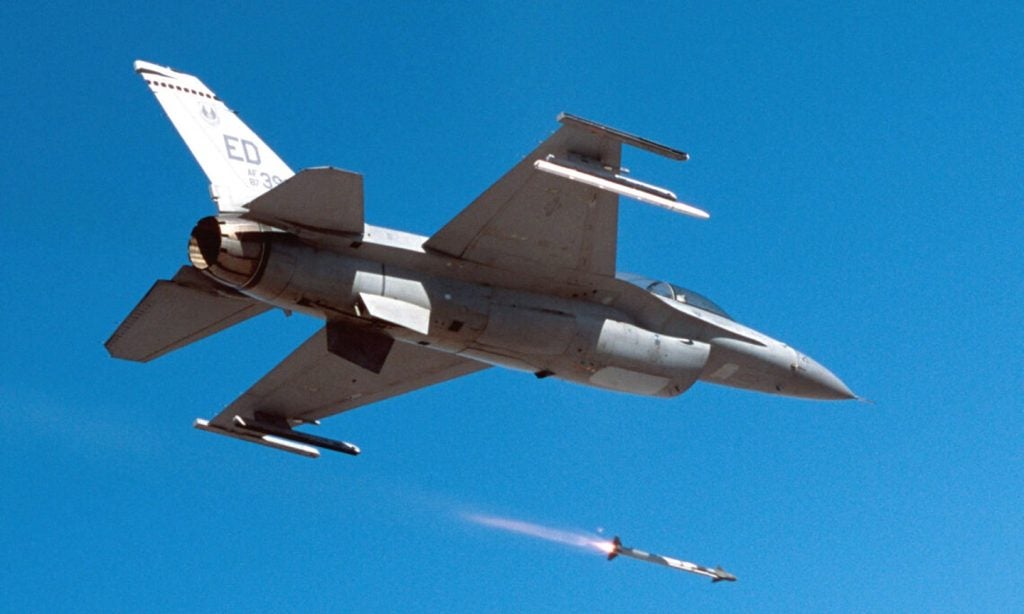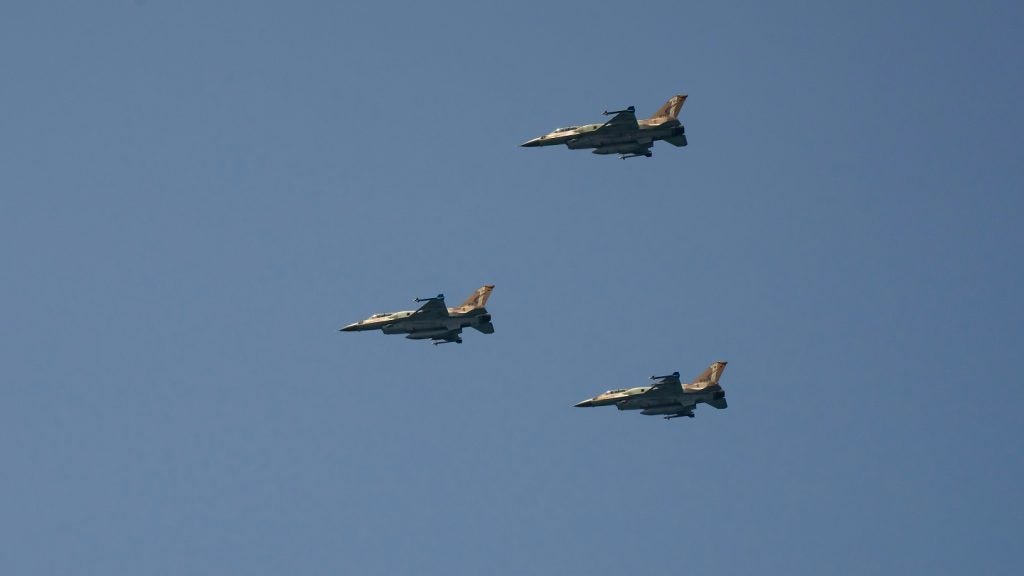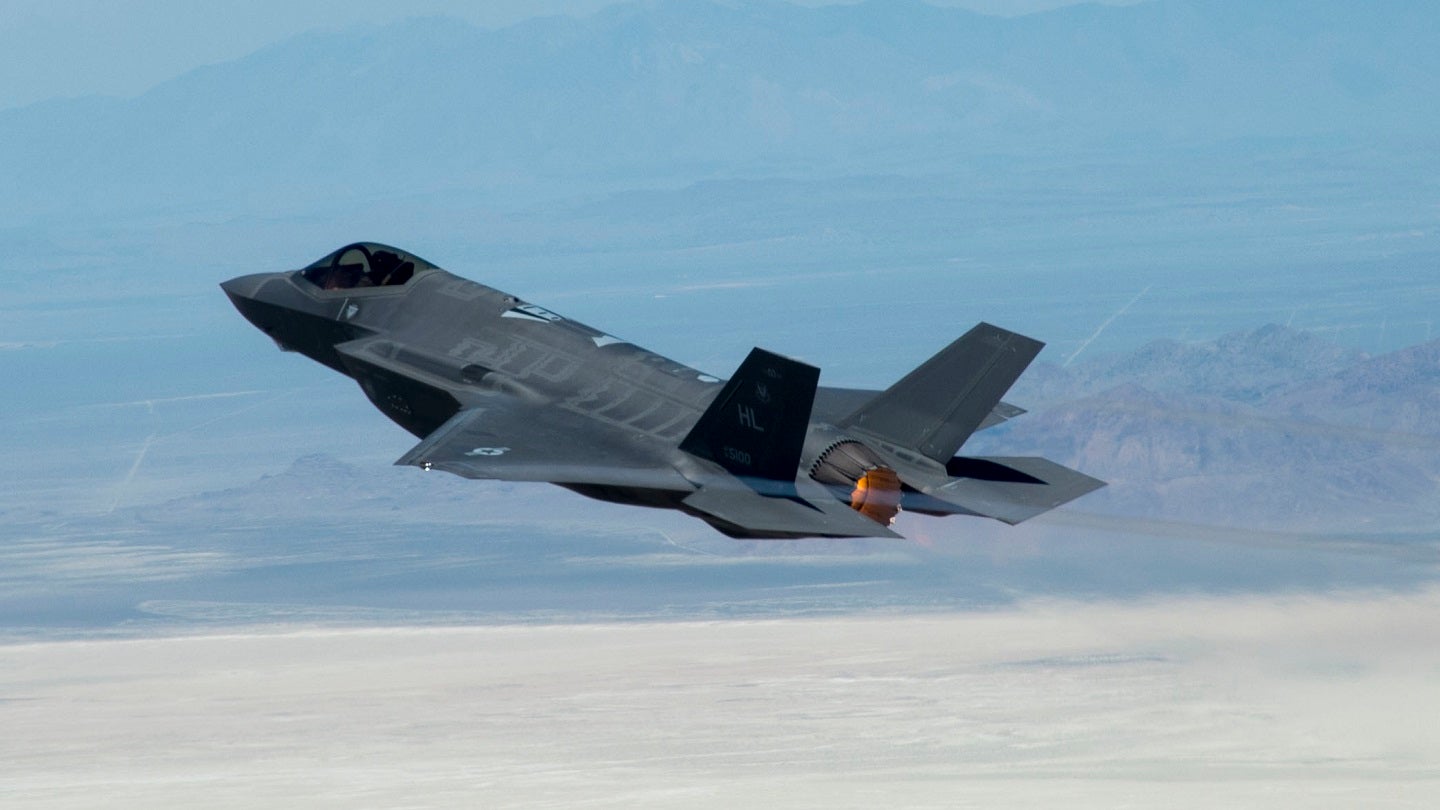
The US Department of Defense (DoD) is sending fifth-generation stealth fighters and an additional guided missile destroyer to the US Central Command (CENTCOM) area of operations, in light of an increase in perceived threat levels presented by regional actors such as Iran.
The disclosure was made during a DoD press briefing on 17 July, where is was revealed that F-35 and F-16 fighters would be sent to CENTCOM to bolster US forces in the Middle East region. The number of aircraft or mission duration was not revealed.
Already on station with CENTCOM are F-16 fighters and A-10 ground-attack aircraft, with the F-35 making a rare deployment to the Middle East. In addition, the guided missile destroyer USS Thomas Hudner has also been redirected to the region.
The move comes on the back of a spate of incidents in recent weeks involving Iranian and Russian forces at sea and in the air, which have either drawn US ire or have caused a direct response to deter future incidents.
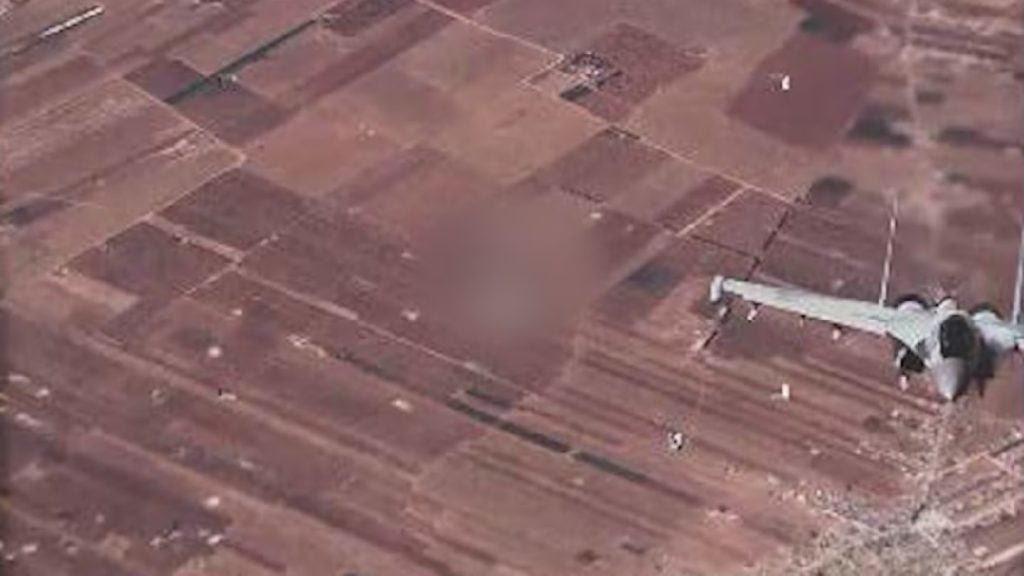
Consecutive incidents on 5-6 July saw Russian combat aircraft interdicting US military MQ-9 Reaper drones operating over Syria, where Russia has a significant military presence in support of President Bashar Assad. The Russian fighters flew close to the US drones, dropping parachute flares in their flightpath.
“We urge Russian forces in Syria to cease this reckless behavior and adhere to the standards of behavior expected of a professional air force so we can resume our focus on the enduring defeat of ISIS,” read a 6 July statement from CENTCOM.
How well do you really know your competitors?
Access the most comprehensive Company Profiles on the market, powered by GlobalData. Save hours of research. Gain competitive edge.

Thank you!
Your download email will arrive shortly
Not ready to buy yet? Download a free sample
We are confident about the unique quality of our Company Profiles. However, we want you to make the most beneficial decision for your business, so we offer a free sample that you can download by submitting the below form
By GlobalDataIran’s maritime actions raise concerns
Iran meanwhile been involved in ongoing actions against commercial shipping operating in the Gulf, Strait of Hormuz, and Sea of Oman, under what Tehran classified as maritime security operations. This includes attempted and successful boarding of shipping in transit through internationally recognised transit corridors, in breach of maritime law, as well as firing directly at merchant vessels.
In May this year, US Navy (USN) warned that Iranian naval actions in regional waters are a “present threat” to commercial shipping, following the seizure of the Panama-flagged oil tanker Niovi by Iran’s Islamic Revolutionary Guard Corps Navy (IRGCN) while it was in transit through the Strait of Hormuz on 3 May.
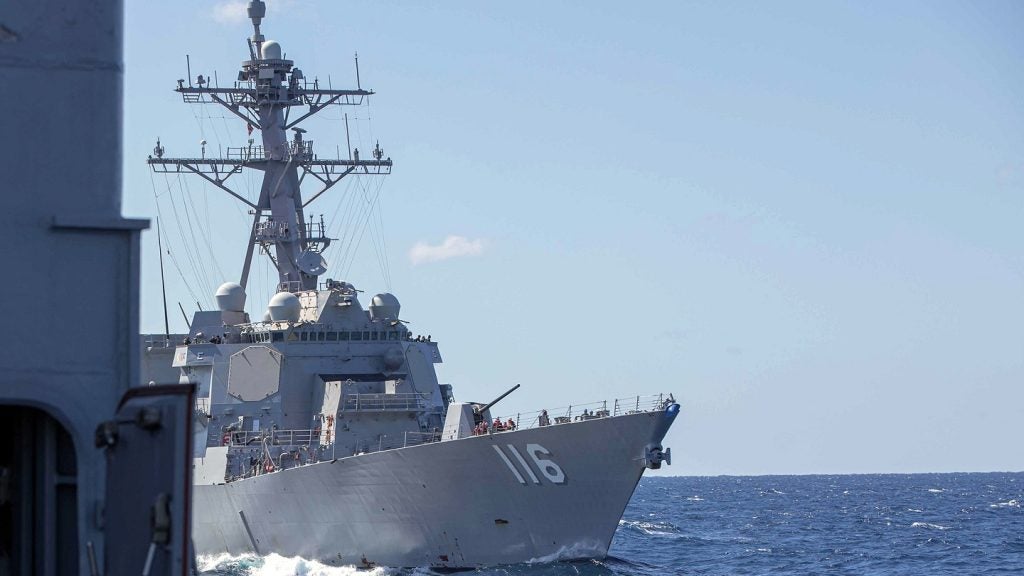
A previous incident, six days earlier, saw the Islamic Republic of Iran Navy seize Marshall Islands-flagged oil tanker Advantage Sweet while it transited international waters in the Gulf of Oman.
In June, the USN and UK Royal Navy were forced to respond to a distress call from a merchant vessel transiting the Strait of Hormuz, which had reported that three Iranian fast-attack boats with armed personnel pursued at a close distance. The fast-attack craft were assessed to be from the IRGCN.
Earlier this month US naval forces successfully prevented two attempted seizures by the Iranian Navy in the Gulf of Oman, which saw Iranian forces firing directly at, and hitting, commercial tankers in transit through regional waters.



